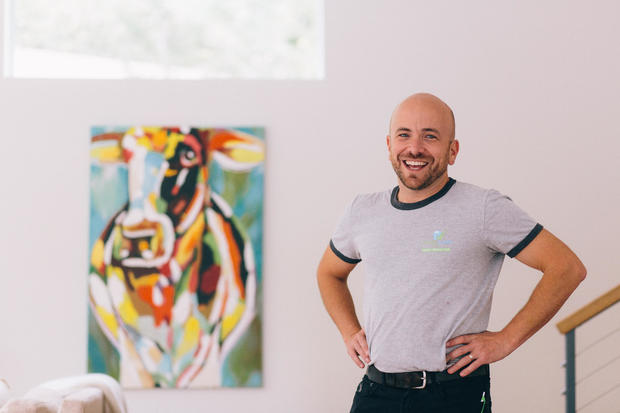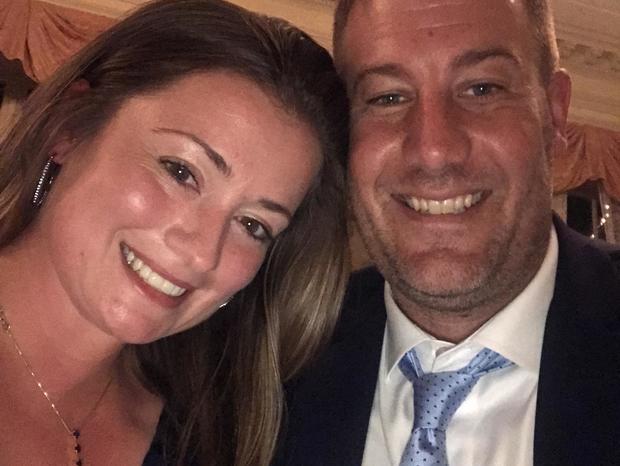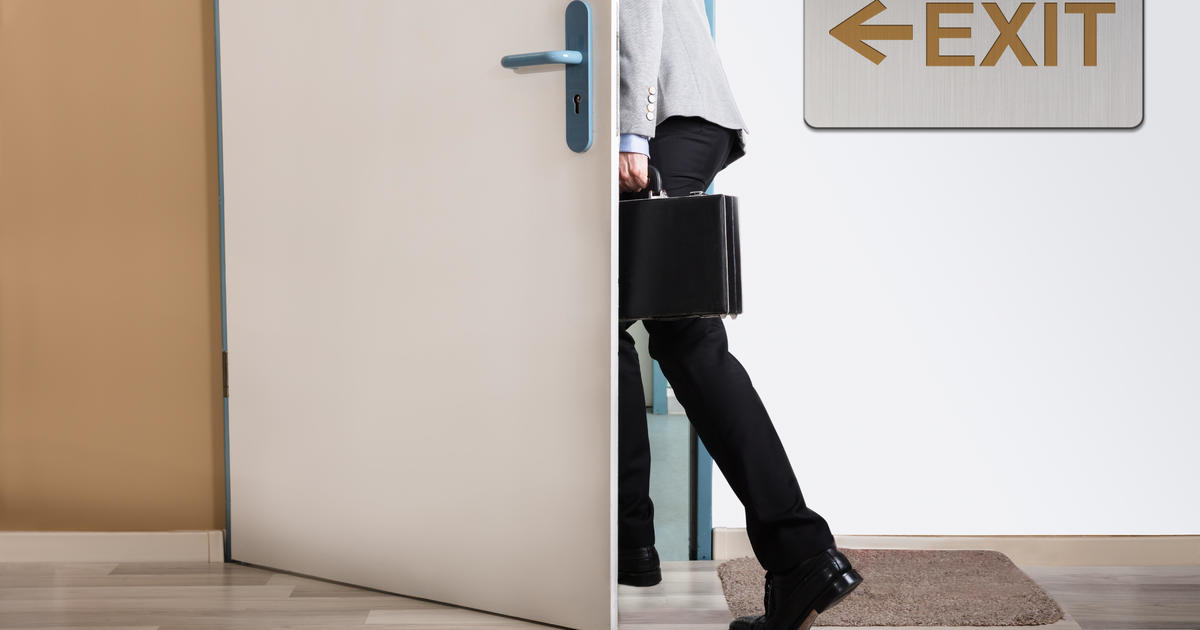Many small businesses say Paycheck Protection Program is deeply flawed
Since the federal Paycheck Protection Program launched earlier this month, small businesses across the U.S. have tapped more than $300 billion in loans as they try to survive the devastating economic tempest caused by the coronavirus. It may not be enough.
Numerous small business owners contacted by CBS MoneyWatch complain that the design of the lending initiative is overly restrictive, hampering employers that need a measure of flexibility in deciding how — and when — loans are used.
"The important point here is that this program is being touted as aid for small businesses, but in the cases of many hospitality and service businesses, its usefulness as aid to the business is actually severely limited," said Joe Walsh of Green Clean Maine, the 35-employee housecleaning company he runs in Portland, Maine.
Lawmakers didn't create the Paycheck program as a bailout for small businesses; rather, it is designed to help businesses keep workers employed. The initiative lets businesses take out a low-interest loan up to a maximum of 2.5 times their monthly payroll. The loan and accrued interest is completely forgiven as long as businesses spend the bulk of the funds to retain or rehire workers.
While that sounds good in principle, the rules effectively force business owners to continue paying employees even when enterprises remain closed and unable to generate revenue. As a result, several kinds of small businesses are a poor fit for the lending initiative, owners say. They include:
- Businesses for which payroll is small portion of their overall expenses.
- Businesses that employ mostly minimum wage workers, who would be better off collecting the enhanced unemployment that is also part of the government's $2.2 trillion economic relief package.
- Businesses that rely on contract workers, which are excluded from payroll tallies in calculating Paycheck loans.
David Audretsch, a professor of economics at Indiana University and co-editor of the journal Small Business Economics, estimates that the Paycheck program won't work for up to 40% of the country's 30 million small businesses.
The upshot: Millions of small businesses — which employ nearly half of all workers in the U.S. — may not see much benefit from the main government initiative launched to help these firms.
"It feels good that money is now being passed out, but I think there will be a lot of people — from workers to small business owners to policy makers — who are going to end up unhappy with this program," said Jason Furman, a former top economic advisor to President Obama and a professor at Harvard University's John F. Kennedy School of Government.
A tricky two-point test for forgiveness
The Paycheck program offers two-year loans at a 1% interest rate. But small businesses can have the loans completely forgiven, effectively making them free money, within a few months by satisfying two tests (both by June 30).
First, a company must have the same headcount as it did on February 15, or a staff number that is equal to the average number of workers it employed over the first two months of 2020. Second, each employee who earns less than $100,000 a year must also be paid at least 75% of what they were earning as of February 15 (through June 30).
Yet those two criteria may be hard to meet. For instance, if a small business has already laid off workers, they must be hired back and paid back wages retroactive to February 15 — a potential pitfall given that some employees will have moved on. If workers can't be rehired, a business can hire new employees to reach their headcount before the virus hit — but that will only satisfy the first test, not the second, meaning the loan would only be partially forgiven.
For small businesses to qualify for loan forgiveness, the Paycheck program also stipulates that they spend no more than 25% of the funds on rent, utilities and debt payments. The balance of the loan must go toward paying employees.
"I wouldn't be worried that the government is not going to come out and not forgive these loans," said Joseph Most, a lawyer and tax principal at Berdon LLP, accounting and small business advisory firm. "I do think that the forgiveness process will be more difficult than what they are making it out to be."
"The housekeeper can't phone it in"
Walsh, who has applied for a $280,000 loan, said these restrictions make it impractical for Green Clean Maine, an environmentally friendly cleaning service that serves about 400 families. For now, the company's revenue has plummeted to zero — there is no way to clean homes from a distance — and he doesn't want to put his employees or clients at risk by continuing to operate.
A one-size-fits-all Paycheck loan would require him to hire back his employees despite not having any work for them to do right now, he said. "The intent of the program is to hire back your employees whether or not you are open, and that presents a number of problems for businesses. Because we are in a service business, you can't work remotely. The housekeeper can't phone it in," he said.
Still, Walsh is applying for the loan because he urgently needs assistance.
"I am going to take it, and I will continue to speak out about the limitations of it in hopes that we can get some rule changes made," he said. "In the meantime, it's what we have got to work with, so we are just going to work with it."
Not just about keeping workers employed
Justin Moore, general manager of Uncle Bobbie's Coffee and Books in Philadelphia, echoed concerns that the loan program, while designed to protect workers, does too little to help small business owners cover non-payroll expenses.
"The focus has been on payroll, payroll, payroll, which makes a lot of sense in theory, but if you don't have the ability to spend the funds on other expenses, there isn't going to be a store to come back to," Moore told CBS MoneyWatch. "The main limitation is that so much of the loan has to go to payroll for it to be forgiven, when businesses have other needs too."
Moore has already been prioritizing with his remaining cashflow paying the three of 17 workers he's been able to retain since Uncle Bobbie's closed on March 16. So he is worried he'll have to spend more than 25% of his PPP loan on non-payroll costs, if he isn't able to factor what he has already spent into his forgiveness calculations.
"When we get PPP, if it's as strict we think it is, we will have no choice but to use it as a loan, because we have all these other expenses we haven't even addressed, because we have been spending the money we have on our people," he said.
Employers are also weighing what's most favorable for their employees — keeping them on the payroll or letting them file for expanded unemployment benefits. The Coronavirus Aid, Relief, and Economic Security Act tacks an additional $600 on to weekly state benefits, which puts some workers above their pre-coronavirus wage levels.
Evan Carroll, who owns three Pigtails and Crew Cuts children's hair salon franchises across North and South Carolina, has laid off all 25 of his employees, including hair stylists and salon managers, most of whom have since filed for unemployment. He was recently approved for a $107,000 Paycheck loan, which he plans on accepting if only because he sees no better alternative.
Still, Carroll said he wouldn't be helping his employees by keeping them on the payroll. "Most of my employees would make more money with this additional federal unemployment income," he said.
"It doesn't make sense to pay them now, and if I do, I will have depleted all those funds before we open up again," Carroll added. "I want to use the money when we open back up to make sure our employees maintain their pre-pandemic income levels, even if they can't work full time."
Minor changes in the rules for how Paycheck loans can be spent would make a world of difference, small business owners said.
"In an ideal scenario, the government would give us the resources and let us allocate them in the best way we know how — by paying invoices and taking care of other expenses," Moore said, noting that he has a stack of bills due at the end of April. "Other businesses in this ecosystem we are involved in need that money too, like my landlord."
He'll likely spend more than 25% of his loan on non-payroll expenses and expects to take on some debt.
"You do get nervous if you have a five-figure debt mount on your balance sheet," Moore said. "But at this point, having money is better than not having money."






